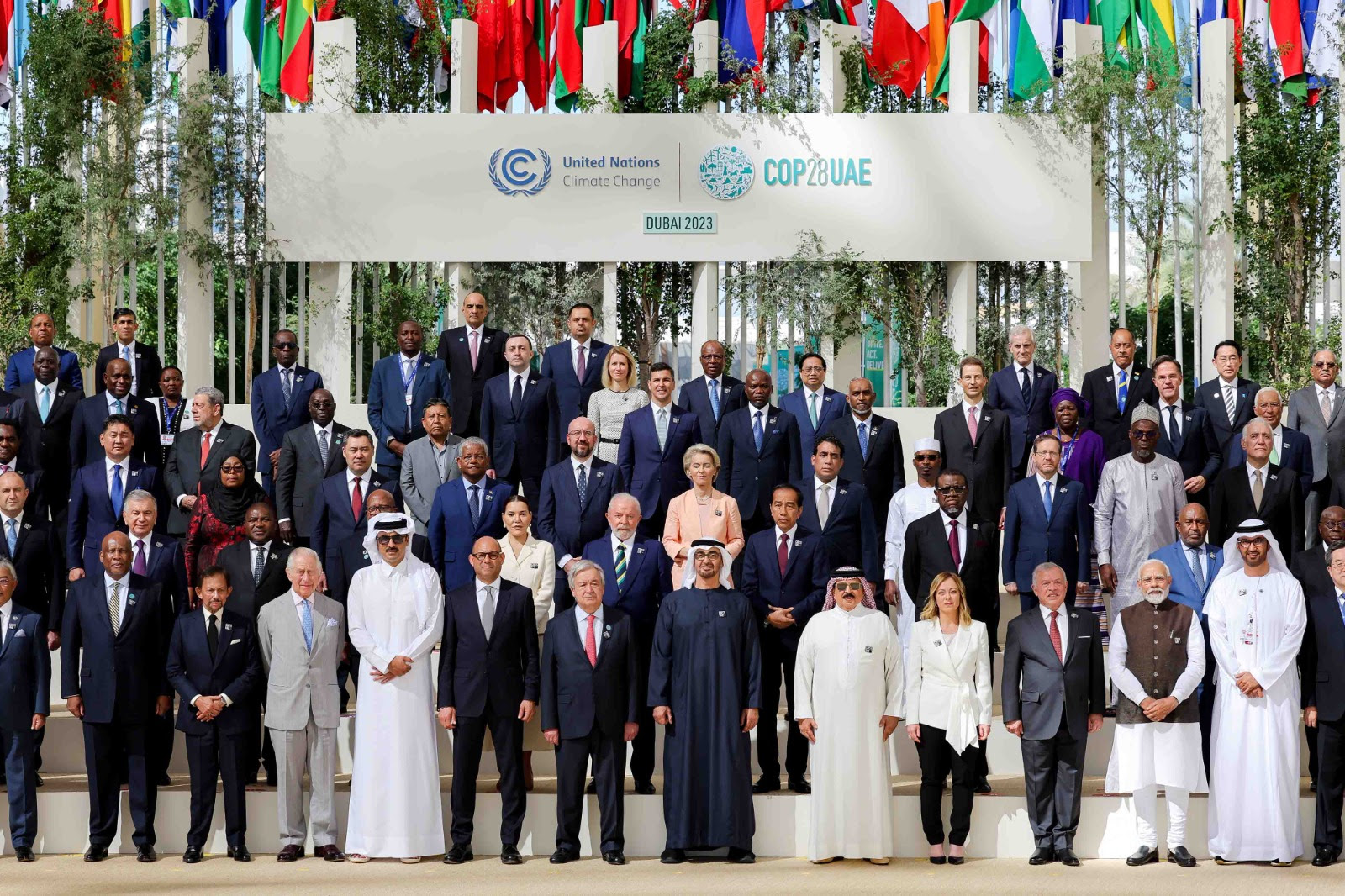Africa Will Need Pragmatism, Not Idealism, to Achieve a Just Energy Transition

By NJ Ayuk, Executive Chairman, African Energy Chamber
Western leaders often urge African nations to make a rapid transition from fossil fuels to renewable energy sources. They seem to think that African nations can switch to renewable power sources fairly easily, as if a good energy infrastructure was already in place.
But this is not the case in Africa, where roughly half of the population lacks access to electricity. Far too many our people can’t buy milk from a refrigerated grocery aisle, do schoolwork after sunset, or get an X-ray at their local hospital. Right now, those 620 million souls don’t need green electricity — they need electricity, period. Then there are the 900 million Africans who lack clean cooking fuel. For them, cooking with wood, charcoal, and even waste, is part of daily life. So is walking up to 20 hours a week to gather these fuels—and the dramatic health risks associated with inhaling smoke from cooking.
The sheer urgency of these situations demands that we prioritize a reliable grid first and everything else second.
Different Timelines
Contrast this with the United Kingdom and United States, where the majority of homes have been energized since 1930 and 1960, respectively. Currently, Britain generates 41% of its electricity from renewable sources, and the U.S. recently saw its renewable generation outpace coal. Worthy milestones, but let’s not forget that both nations had already been enjoying and expanding their fossil fuel-based grids for nearly a century. They spent decades industrializing and building robust infrastructure before implementing successful green policies. I don’t believe that every single African state must follow the same timeline, especially as renewable technology improves. I do, however, ask long-industrialized nations to consider the vast differences between their energy landscapes and ours.
Different Needs
Many Western states supplement their grids with wind or solar but ultimately rely on natural gas, oil, or coal. Take the U.S., which generates 60% of its electricity with fossil fuels and 21% with renewables. The hard truth remains: Fossil fuels are still more reliable.
How much more reliable? Natural gas has a capacity factor of 65%, which means that gas-powered plants operate at full power 65% of the time. Contrast that with wind and solar, which operate at 36% and 25%, respectively. In other words, these renewables are about half as reliable as natural gas.
Asking developing nations to ignore natural gas is essentially requesting that they ignore half their power capacity. It’s a declaration that Africans deserve half the energy, half the standard of living, and half the safety of their Western peers.
It’s admirable and forward-thinking that many modern states supplement their grids with wind or solar. However, when panels crack or wind farms fail, their people have the luxury of falling back on a safe, reliable, and established fossil fuel grid. It’s significantly easier to make an existing network eco-friendly than it is to build a green one from the ground up. Once Africans have universal access to electricity, climate-centric conversations will be much more welcome.
Different Costs
Africa contains 70% of the least developed nations in the world. Only one state – South Africa – is fully industrialized. It’s one thing to hear these statistics, and quite another to make decisions on the ground of a developing nation. I believe that many talented, well-meaning Western thinkers simply aren’t accustomed to the fiscal environment that African leaders operate in.
For example, consider the logistics behind solar panels. In the U.S., it can cost anywhere from USD15,000 to USD35,000 to purchase and install a panel — and that’s not counting the upfront costs of fixing a roof that’s not solar-ready, the recurring cleaning and maintenance fees, or replacing the panels every 20 to 30 years.

